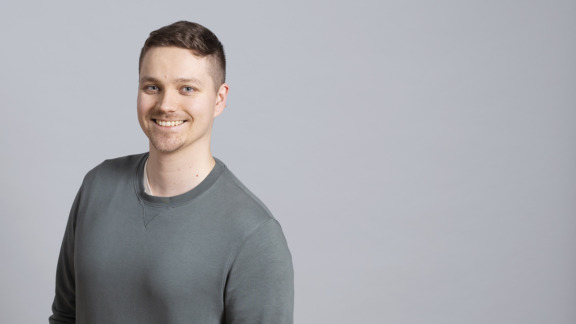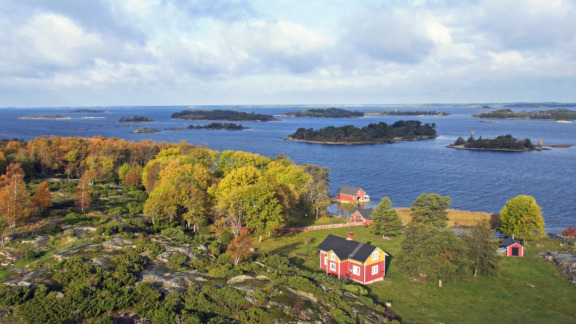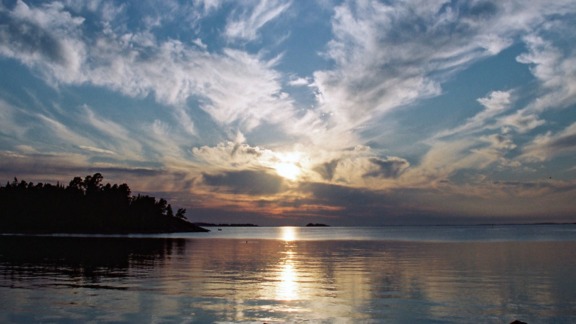EUTROPHICATION – THE GREATEST THREAT TO THE BALTIC SEA
The eutrophication of the Baltic Sea is a significant problem that leads to cloudy water, the growth of harmful blue-green algae, and oxygen depletion on the seabed. Eutrophication is caused by the excessive accumulation of nutrients in the sea, particularly nitrogen and phosphorus. We can stop the eutrophication of the Baltic Sea, but we need to act now.
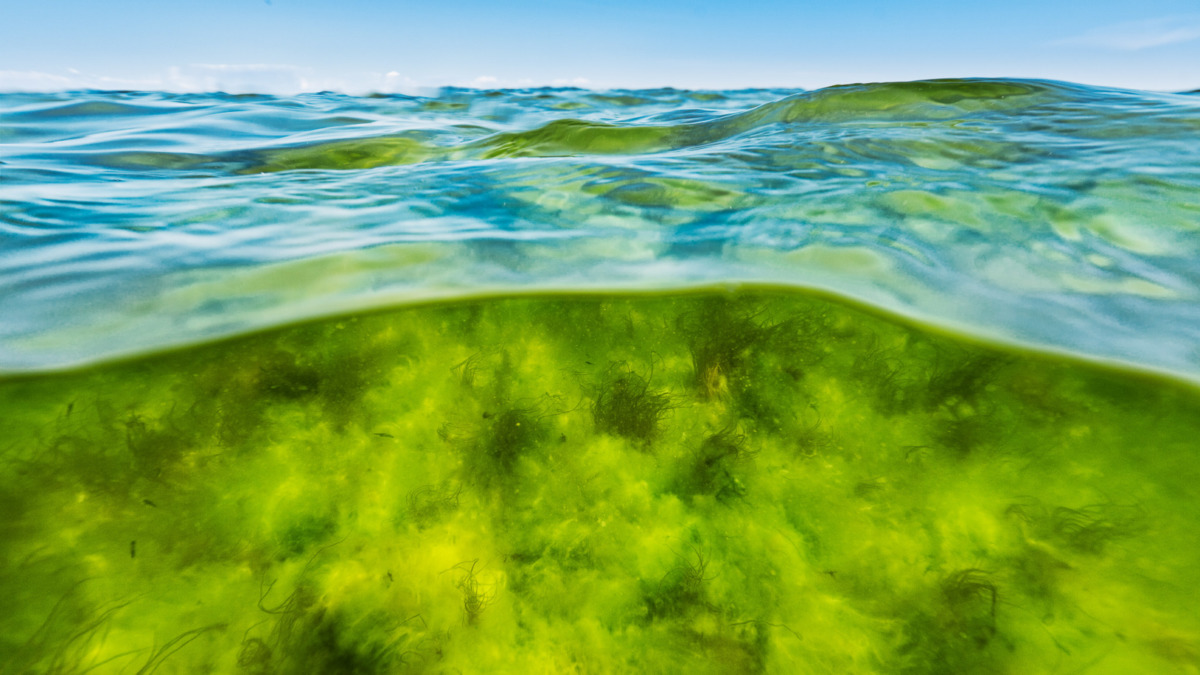
What causes eutrophication?
It is us – humans – that cause eutrophication. Nutrients essential for plants, such as phosphorus and nitrogen, cause eutrophication when they spread into bodies of water through, for example, wastewater and runoff from agriculture and forestry.
Excess nutrients lead to an uncontrollable increase in fast-growing algae. The consequences of eutrophication include cloudy water, oxygen depletion, and changes in fish stocks and biota.
We can curb eutrophication by mitigating climate change and reducing the nutrient load arising from human activity. BSAG works to reduce eutrophicating discharges through regenerative farming, nutrient recycling, and responsible shipping.
BSAG IS WORKING TO CURB EUTROPHICATION
A vicious cycle of eutrophication
The Baltic Sea catchment area is vast, and over time, a lot of eutrophicating nutrients have leached into the sea. The nutrients will not go away on their own but will accumulate in the seabed.
An abundance of nutrients in water leads to an increase in fast-growing algae. When algae die, they sink to the bottom, where their decomposition consumes oxygen from the water. This increases oxygen depletion on the seabed. In anoxic conditions, the phosphorus sequestered in the bottom sediment – out of reach of algae – is released.
This further accelerates eutrophication, which in turn increases oxygen depletion. A lack of oxygen will also lead to a decline in benthic animals, and there are now large areas of the Baltic seabed that are completely dead.
The Baltic Sea is experiencing a vicious cycle of eutrophication in which increasing eutrophication further increases eutrophication. Therefore, the Baltic Sea will only recover slowly, even though we are now better placed to prevent new emissions.
There is no sea like the Baltic Sea anywhere else in the world. Its species have adapted to their unique environment. However, eutrophication is depriving them of their living space, and climate change is having unpredictable effects on the sea.
Blue-green algae bloom on sunny summer days
The most visible signs of eutrophication are the toxic blue-green algae blooms that float in the Baltic Sea on summer days. Blue-green algae start growing when they have access to enough nutrients, sunlight, and warmth over several weeks.
In the Baltic Sea, blue-green algae, cyanobacteria, can get the nitrogen they need directly from the atmosphere. Their growth is limited only by their access to phosphorus.
As the water warms up in the summer, phosphorus from the seabed rises closer to the surface. This enables cyanobacteria to grab all the phosphorus they need.
On calm summer days, cyanobacteria often bask in the sun, as the wind doesn’t mix them deeper into the water. The simultaneous availability of sunlight, nitrogen, and phosphorus is why we see massive blue-green algae blooms in the summer.
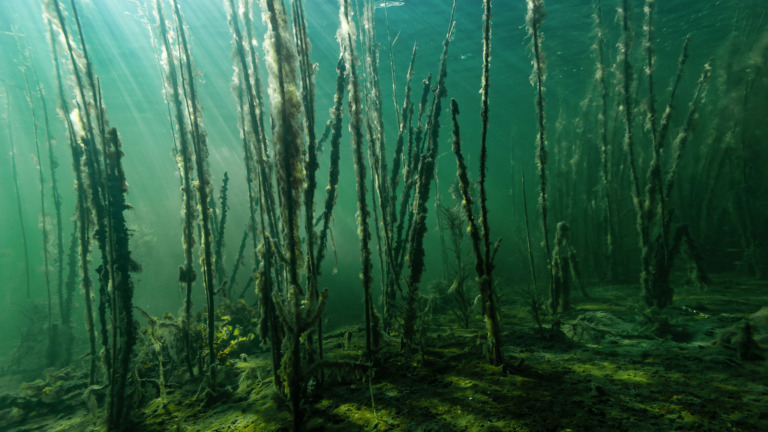
Eutrophication reduces biodiversity
Not all plants and algae thrive in a eutrophic sea. For example, the bladderwrack that grows along the coast of the Baltic Sea has, in some places, been ousted by fast-growing species of algae.
The disappearance of key species such as bladderwrack is extremely harmful to the ecosystem, as other species will disappear along with them. For example, bladderwrack is home to numerous small invertebrates and fish fry, which are food for many other animals
Blue-green algae and cyprinoid fish benefit, while others suffer
Eutrophication also causes changes in fish stocks. Large predatory fish cannot survive in water clouded by algae growth, as they cannot see their prey. Without predatory fish to reduce their numbers, cyprinoid fish thrive, especially as the conditions are otherwise favourable for them.
Cyprinoid fish eat zooplankton, which feeds on phytoplankton (tiny algae). In other words, as the cyprinoid fish increase, zooplankton decrease in number – and zooplankton are needed to keep the phytoplankton in check.
Cyprinoid fish also deplete the seabed layers as they search for food. This may release hazardous substances stored in the seabed.
Eutrophication is, therefore, a significant threat to biodiversity in the Baltic Sea. Some species, such as filamentous algae, blue-green algae, and cyprinoid fish, benefit from eutrophication. Yet, at the same time, many other species are in danger of disappearing from the Baltic Sea altogether.
A loss of biodiversity in the Baltic Sea will make it even more vulnerable. Unbalanced ecosystems cannot withstand the changing conditions that climate change will inevitably bring.
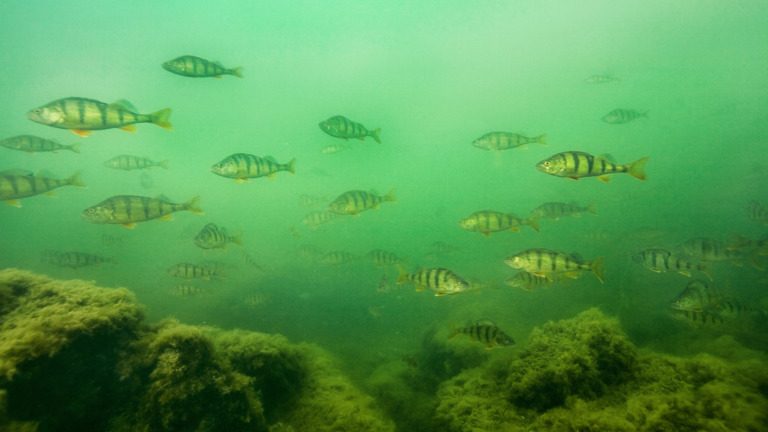
Climate change accelerates eutrophication
Climate change is causing increased rainfall, which will wash more eutrophicating emissions into the sea from the land. Climate change is also warming up air and water, which helps blue-green algae blooms form.
Eutrophication also fuels climate change. High methane emissions have been measured in shallow eutrophicated bays, and these emissions will further accelerate climate change.
Our seas act as an enormous carbon sink that has to date, been able to mitigate climate change. However, an unbalanced ecosystem may also make the Baltic Sea a source of climate emissions.
Therefore, we must break the vicious cycle of eutrophication in the Baltic Sea
Contact Us
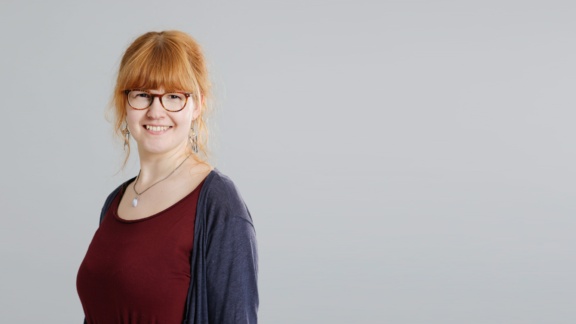
Anna Klemelä
Project Manager, Marine Biodiversity; Communications Specialist
